Many homeowners often wonder, “How to tell if I have a heat pump or conventional system?” It’s a valid question, as these heating systems usually look alike and can be difficult to distinguish at a glance. Knowing the type of system in your home is crucial for effective maintenance, repairs, and energy savings.
Here’s everything you need to know about whether you have a heat pump or a conventional system.
What’s the Difference Between a Heat Pump and a Conventional System?
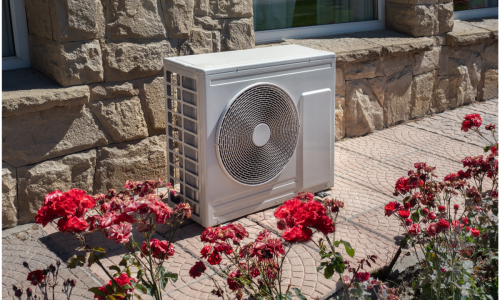
Heat pumps and conventional systems share a common goal: heating and cooling your home. They both transfer heat, but their processes differ.
- Heat Pumps: These systems transfer heat from outdoors into your home during winter, reversing their cooling system process to provide warmth. They can operate as both heating and cooling units, making them a versatile choice for homeowners.
- Conventional Systems: Furnaces and boilers create heat by burning fuel like gas or oil. The heated air (or water, in the case of boilers) is distributed throughout your home to keep it warm. Unlike heat pumps, these systems don’t reverse their process to cool your home, often requiring a separate air conditioning unit.
A notable difference is that heat pumps have indoor and outdoor components, while conventional systems often house all equipment indoors. Heat pumps are also more energy-efficient, providing heating and cooling in one split system.
Four Easy Ways to Identify If You Have A Heat Pump or Conventional System
If you’re wondering, “How to tell if I have a heat pump or conventional system?” here are four practical ways to find out:
1. Check Your Thermostat for “Emergency Heat”
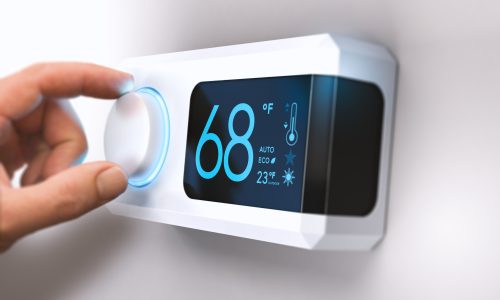
Look for an “Emergency Heat” or “EMER” setting on your thermostat. This feature is specific to heat pumps and allows the system to switch to a backup heat source during extremely cold weather. If this setting is present, you likely have a heat pump system.
- Additional Tip: Heat pumps often have a backup heat source, such as an electric or dual fuel system that uses a gas furnace for extra warmth when outdoor temperatures drop too low for the heat pump to operate efficiently.
- Pro Insight: Thermostats connected to conventional systems don’t have this feature, making it easy to confirm whether you have a heat pump.
2. Observe the Outdoor Unit During Heating
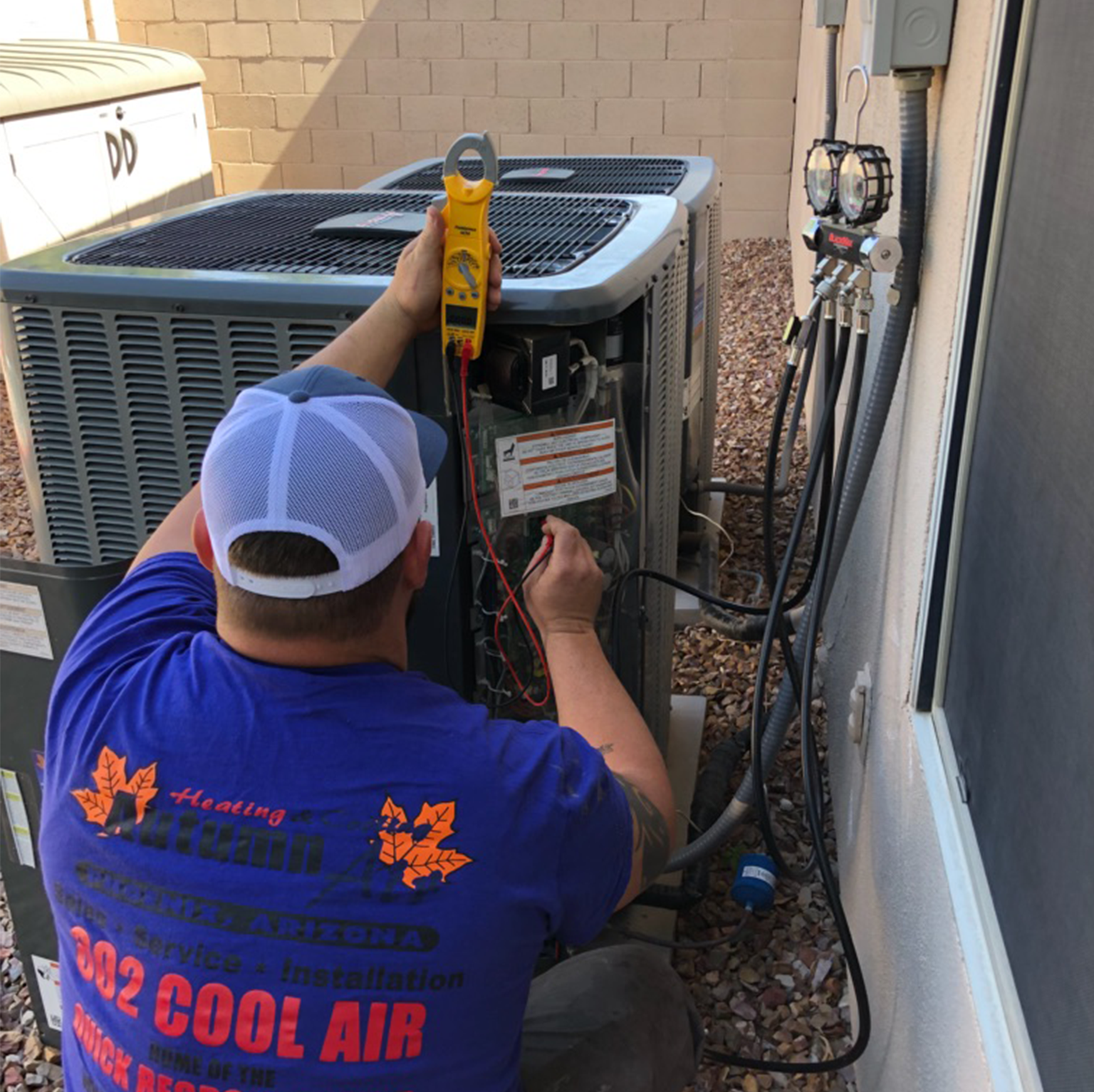
Turn your thermostat to heat mode and let the system run. If the outdoor unit is operating while your home is warming up, you have a heat pump. Conventional systems, like furnaces, don’t rely on outdoor units for heating.
- Additional Tip: Stand close to the outdoor unit and listen for a humming or whirring sound, which indicates the heat pump is transferring heat indoors.
- Pro Insight: For conventional systems, the outdoor unit typically only runs in cooling mode, making its inactivity during heating a tell-tale sign that it’s not a heat pump.
3. Inspect the Labels on the Outdoor Unit
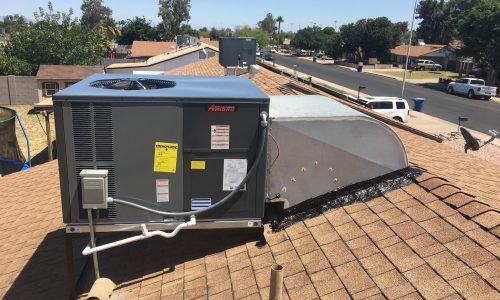
Outdoor units typically have a label or metal plate with important information. Look for terms like “heat pump” or a model number that includes “HP.” Search the model number online to confirm whether the system is a heat pump or a conventional unit.
- Additional Tip: Check for an EnergyGuide label or sticker. Heat pumps usually display both a Heating Seasonal Performance Factor (HSPF) and a Seasonal Energy Efficiency Ratio (SEER) rating, while conventional systems only have the SEER rating.
- Pro Insight: When searching the model number online, include the brand name for more accurate results. The manufacturer’s website often provides specific details about your system.
4. Look for a Reversing Valve
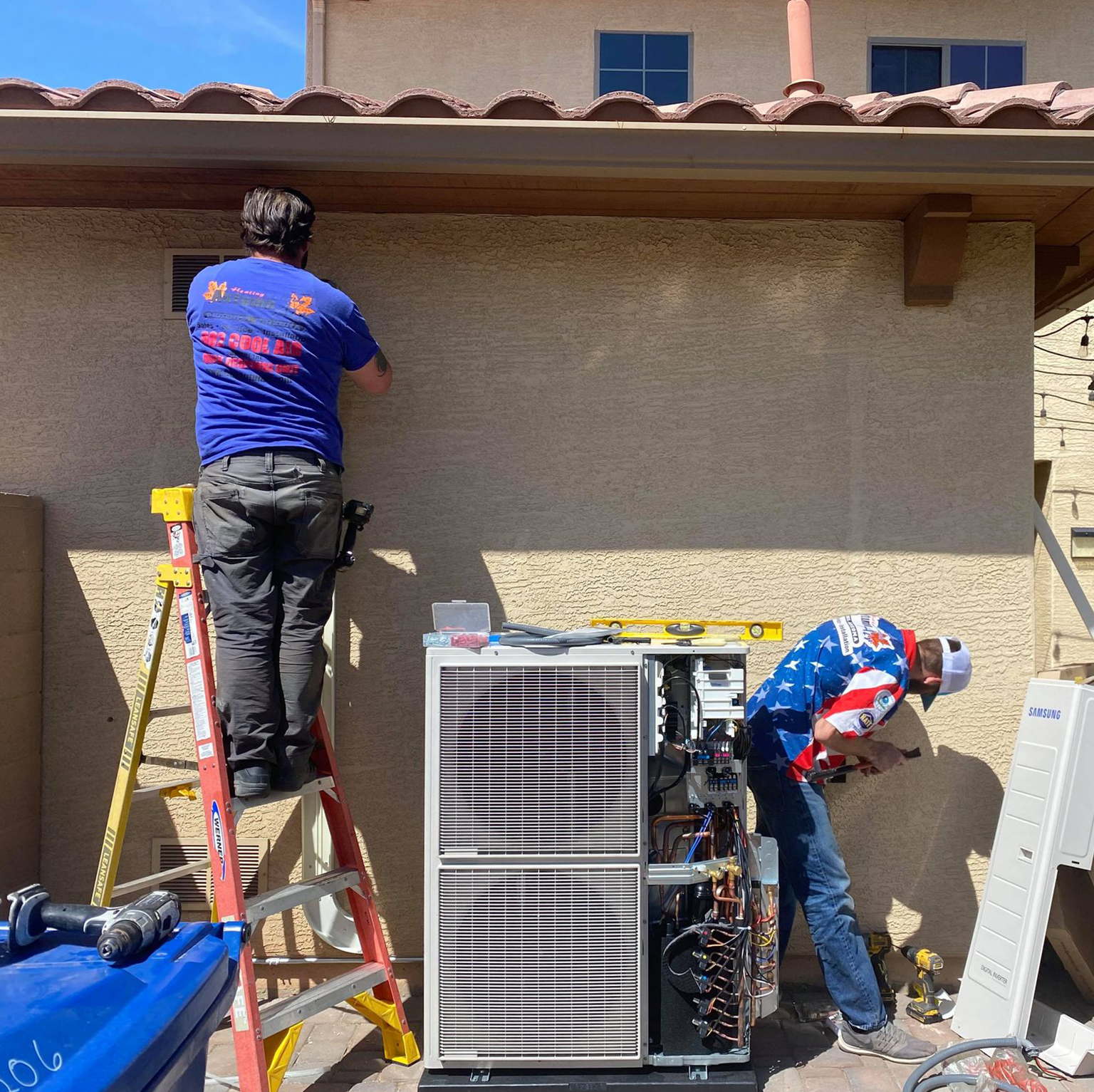
Heat pumps include a brass reversing valve, which allows the system to switch between heating and cooling. To locate it, turn off the outdoor unit, wait for the fan to stop, and use a flashlight to look inside. If you see a brass valve, it’s a heat pump.
- Additional Tip: The reversing valve is usually a small, twisted component near the refrigerant lines. Its presence is a surefire way to confirm your system is a heat pump.
- Pro Insight: Conventional systems don’t need a reversing valve because they only function as heaters or coolers, not both.
Why It Matters to Know Your HVAC System

Understanding whether you have a heat pump or a conventional system is essential for several reasons:
- Tailored Maintenance: Heat pumps and conventional systems have different servicing schedules and maintenance needs to keep them running efficiently year-round.
- Effective Communication: Knowing your system type helps you discuss repairs or replacements more accurately with HVAC professionals.
- Energy Efficiency: Heat pump units are generally more energy-efficient, especially in milder climates, which can reduce utility bills.
- Rebates and Incentives: Heat pumps may qualify for energy rebates or tax incentives, offering cost savings.
- Indoor Air Quality: Heat pumps and air handlers work together to improve indoor air quality by efficiently circulating air throughout your home.
- Fuel Considerations: Conventional systems require different fuel sources, like natural gas, and are often more effective in extreme cold, but their efficiency and fuel costs need careful consideration.
Understanding the various factors is key to optimizing your system’s performance. To learn about common issues homeowners face, explore the HVAC service requests we frequently handle and how we can help.
Trust Autumn Air for Your HVAC Needs

Unsure how to tell if you have a heat pump or conventional system?
At Autumn Air, we’re here to help with all your heating and cooling questions, including determining if you have a heat pump or conventional system. Our experienced team can inspect your system, provide professional maintenance, and offer expert advice to keep your home comfortable year-round.
Contact us today and let us handle the hard work so you can enjoy a cozy, worry-free home!
